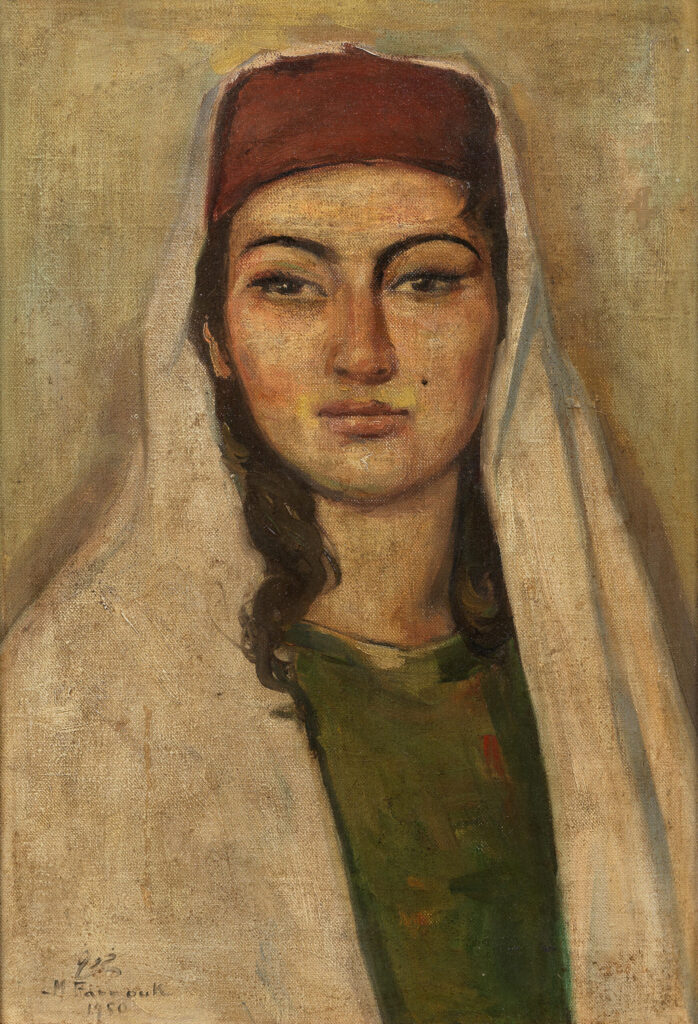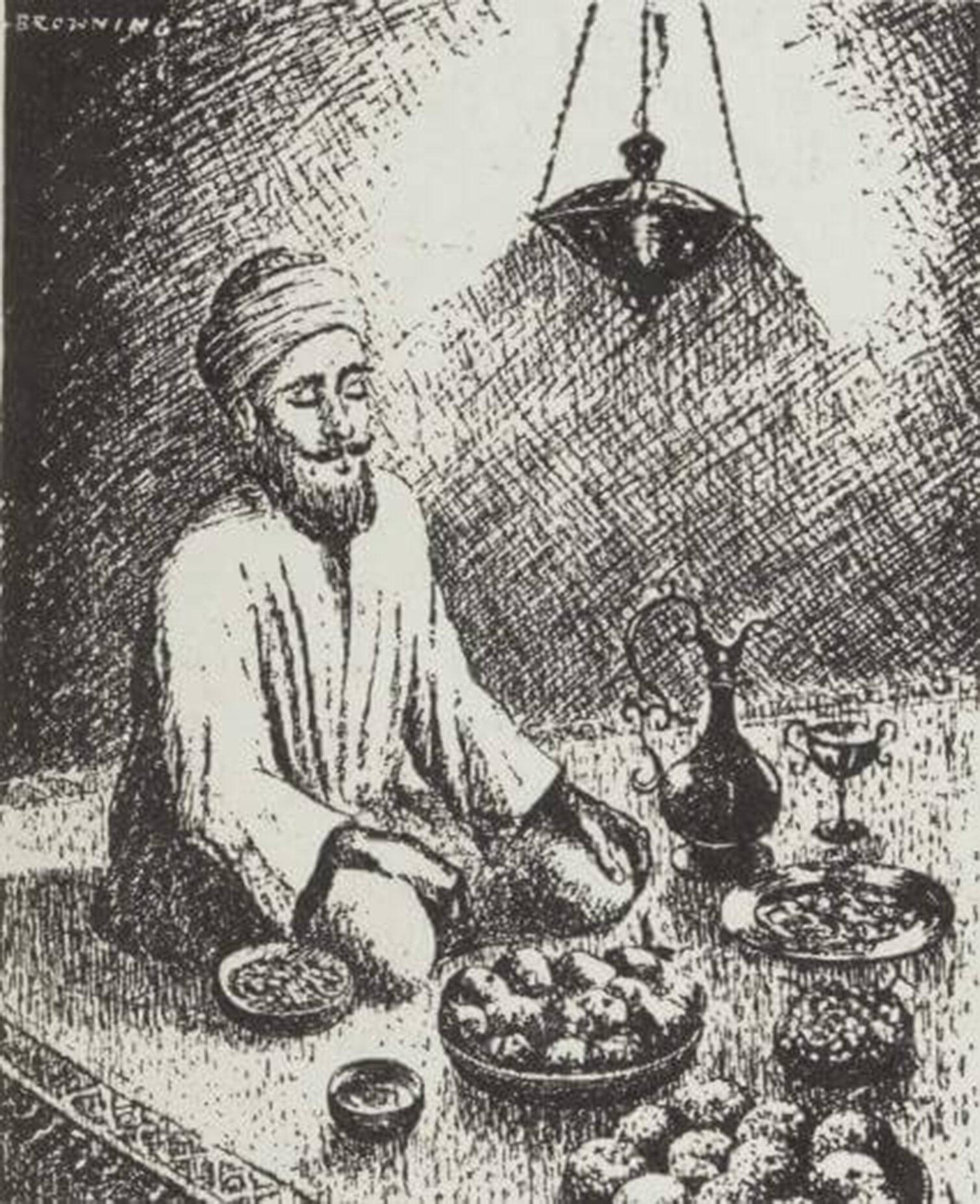In the folds of the Levant’s mountains, there exist a people for whom the spoken word carries the weight of an oath. Their villages cluster like votive offerings upon slopes above Sidon and Chouf, their faith persists beneath the cedar’s bough, their names circulate through history as riddles unsolved. The Druze have endured centuries without the need for banners, manifestos, or proclamations. Theirs is a way shaped by reticence, by the art of disappearance, by a lineage that honours the unspoken as the vessel of all true knowledge.
To approach the Druze is to approach the very notion of mystery; that which survives the flames of conquest, the churn of politics, the machinery of proselytism. The silence they practice is neither withdrawal nor defeat. It is an active threshold. It is the sign of those who carry fire in their bones, content to serve it within the inner chapel.
I. The Sanctuary of the Mountain
The story of the Druze emerges in the eleventh century, at the luminous but perilous edge of the Fatimid caliphate in Egypt. Cairo, then a crucible of esoteric Islam, witnessed the rise of doctrines that fused Hellenistic, Gnostic, and Islamic currents in unprecedented alchemical fashion. The birth of the Druze faith occurred amid these torrents and, immediately, the keepers of the new tradition withdrew. They rejected the urge to evangelise. The movement closed its doors to conversion only a few years after its appearance, refusing the world’s hunger for clarity or growth.
Their faith did not ossify in secrecy. It flowered under the sign of hikma, wisdom that shields itself from vulgarity by passing invisibly from elder to initiate. In this retreat, the Druze did not abandon the world. Their sanctuaries rose on strategic high ground. Their villages became strongholds of survival and endurance. History records their refusal to assimilate as a form of devotion: to remain apart is to preserve the essential.
Throughout the centuries, Druze communities endured Mongol horsemen, Mamluk sultans, Ottoman pashas, and the colonial empires of France and Britain. Rarely do their chronicles mention uprisings or conquest; rather, the motif is one of persistence, vigilance, silent resistance. The mountain both shelters and refines. Its stony paths produce a people schooled in discretion, its fog the shield of their liturgies. This is a sanctuary whose doors open only to those who carry the right resonance.
II. Wisdom Passed in Silence
No doctrine is more elusive to the historian than that of the Druze. The faithful speak of hikma, the secret knowledge, with the same reverence as the Gnostic speaks of Sophia or the Hermeticist of Hermes Trismegistus. The sacred texts, known as Rasa’il al-Hikma, the Epistles of Wisdom, do not circulate publicly, nor are they made available for the curious.
Instead, knowledge travels mouth to ear, gaze to gesture, dream to awakening. This silent pedagogy stands in contrast to the proliferation of creeds and manifestos that have marked the monotheistic age. The Druze trust the ancient logic that wisdom, in order to survive the centuries, must travel through the living body of a people, never through paper, rarely through proclamation.
This silence is creative. Within the sanctuary, the uqqāl, the initiated wise, tend the flame of doctrine, preserving both the content and the vibration of the message. To belong is to accept a pedagogy of patience. The uninitiated wait, generation upon generation, for the possibility of entrance. Time here is not a line, but a circle; initiation is not an event, but a ripening. The silence is full, heavy, fecund: it is the matrix from which true remembrance is born.

III. A Mirror for Those Who Recognise
To write about the Druze is to circle a mirror; what is reflected depends on the depth of the gaze. There are echoes here of the Pythagorean brotherhoods, or the old Essene communities at Qumran. What sets the Druze apart, beyond doctrinal details or syncretic heritage, is their mastery of the art of belonging without display. Initiation for them is neither a ritual of passage performed for the crowd, nor a secret ceremony for the sake of distinction. It is a gradual unveiling, a ripening within the soul, a silent handshake between generations. This is the arcane test: only those with the right resonance find the door. And the door never appears to those who demand it.
The silent pedagogy of the Druze has bred a spiritual discretion rare in the world. No missionary zeal, no pamphlets, no anxious effort to preserve numbers. The community persists by the strength of its own silence, by the gravity of its interior law. A Druze reveals himself only to those whose eyes are already tuned to the mystery; to others, he is a neighbour, a worker, a citizen and nothing more.
Within the sanctuaries of the mountains, each gathering is less a meeting than a reaffirmation of shared silence. The elders teach by gesture, by myth, by the cadence of stories told at dusk. The transmission is vibrational, more music than speech. Each family carries stories that are whispered in confidence or sometimes carried silently, as a fragrance without source.
The Druze mirror does not simply reflect the outsider; it reflects the state of his soul. For those who seek doctrine, they remain a closed book. For those who listen for resonance, the community becomes a silent master, a teacher whose lessons emerge only in the quiet between words. To encounter the Druze is to confront the limits of the visible, to be reminded that wisdom may choose concealment as its final form.
This is perhaps the ultimate paradox of their presence: the most enduring lineages are those who have made disappearance their art. The Druze have survived centuries of upheaval by dissolving into the landscape, merging their fate with the mountain, becoming custodians of a living silence. In doing so, they have preserved a wisdom that recognises itself only in the kindred soul.
Conclusion
The Druze endure as a riddle for those who value answers above presence. They continue as a sanctuary for the secret, an invitation for the earnest, a living argument for the necessity of veils. To dwell in their presence is to remember that silence, far from being emptiness, is the ground from which all meaning springs. In the world’s feverish cacophony, there exists a lineage for whom a word held back is the highest offering. They are the people who remain silent. They are guardians, witnesses, and, for those who know how to listen, they are the keepers of a fire that refuses to die.
Sonnet for the Watchers of the Veil
Where mountain shadows cup the waning gold,
And silence vaults the ash of vanished psalms,
The hidden stewards, neither young nor old,
Pass like the dream of incense through their palms.
No cry betrays the citadel of stone,
No herald marks the hour with brazen flame;
Each summit guards a secret not its own,
Each wind repeats the syllables of Name.
Uncoiled beneath, the pale enchanters fall,
Their venom spent in furrows of regret;
The shadowed keepers, hearing every call,
Abide in patience none can counterfeit.
Who seeks the flame must enter through the grey:
All thrones dissolve, but silence will not stray.
إلى أهل الجبل،
كلما طال الليل، يزداد نوركم وضوحًا في العيون التي تنتظر الصبح.
تحت الصمت، تنبت المحبة كجذورٍ خفيةٍ لا تراها العواصف.
أنتم المرآة لمن نسي معنى الثبات.
في حضوركم، نشعر أن القلب يجد أهله،
وفي صمتكم، يسمع العالم الوعد القديم:
الحب لا يضيع بين الصخور.
